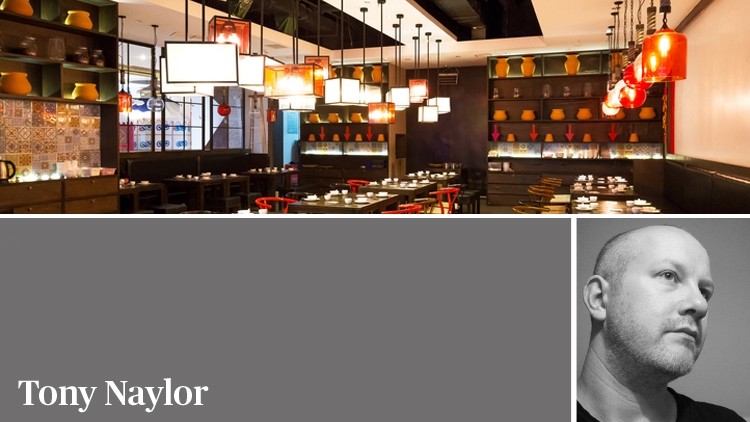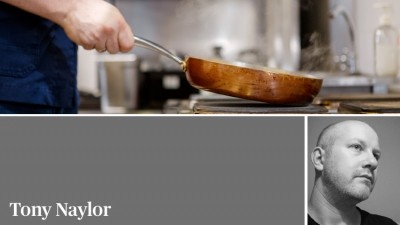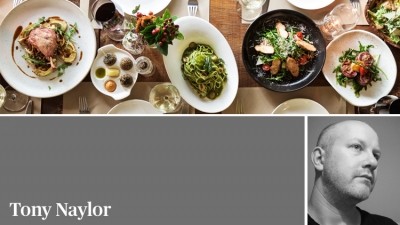MONTHLY COLUMN
When familiarity breeds intent

Naturally, when launching a food business you want to make a splash – with the concept and product. In your town, city or in Britain itself, you want your business to be as original, if not era-defining, as The Eagle, Polpo, MEATliquor or Hoppers. It is a matter of both personal pride (dangerous!) and, given how experts stress the commercial value of differentiation and strong PR, apparently sound business.
In the age of trending Twitter hashtags and Insta-driven love-ins for photogenic dishes, it can seem that building a novel aspect into your business is the quickest, most reliable way to ensure it achieves traction. But is it? Anyone can brainstorm batshit ideas that seem to hover on the fault line of genius/insanity. Some may fly, the majority will flounder. Many ‘hip’ new openings rapidly run out of gas (or hot air). Street food seems to rely on a churn of outlandish, fusion ideas.
Don’t get me wrong. I am a journalist. I am food-curious. If you open and serve deep-fried injera pizzas, poutine piadina (‘the ultimate chip butty’) or north African dim sum, it will likely capture my attention. Briefly.
If Larbecoa – the restaurant that joins the lime, rice and chilli dots between Mexican meat and Thai salads – is not in development, it soon will be. As a good punning name
seems to be more important than a durable concept in this area, you can have my meatball soups idea, Pho Get About It (‘Vietnamese broths; New York attitude’), for free. Don’t worry about a royalty. Keep your money. You will need it.
Because for all the initial hype such wild concepts receive, it is rare that they establish themselves as significant businesses with, if that is your aim, roll-out potential. Consider the modern concepts that have flourished. Rather than challenging new products, they have offered either a) a higher quality version of something familiar, or b) products loosely analogous to already popular high-street staples.
A lack of consumer product knowledge is a formidable barrier for any new business, both in terms of marketing (how to explain and pitch your crazy product), and logistics (the time staff waste describing and selling it, etc.). That is why out-there street-food ideas remain niche while burritos (a wrap), banh mi (a sandwich) and bao (essentially, a sandwich), have proliferated.
If you want to launch a successful business, look at where a chain is doing the expensive PR, marketing and product knowledge work for you, then seek to improve on its product. They would never admit it, but the wood-fired pizza crews, ‘dirty’ burger slingers and fried chicken entrepreneurs growing mini-empires across the UK, owe PizzaExpress, Burger King and KFC big-time. Everyone knows what a cheeseburger is, right?
Sub Cult, which recently opened an 18-month pop-up in the City, is another great example. Occasional collaborators with Michelin-starred chefs, such as Tom Sellers, Sub Cult has its glamorous edge. But its product: NY deli-style hot sub rolls gussied-up with playful names (Sub-stantial, Sub-conscious) and arresting combos of ingredients (eg, slow-cooked beef-shin goulash, roast peppers, American cheese, mustard, pickled chillies), is instantly recognisable to anyone who has ever eaten in a Subway before.
This is not a manifesto against innovation. Open a Balinese, Angolan or Icelandic restaurant – open a curveball mix of all three. It sounds fascinating. I will eat there. But its appeal will be narrow. If you want to make it big beyond social media, revamp a (carb-y) classic. There is still money and great food to be made in pies, pasties, sandwiches and jacket potatoes.













